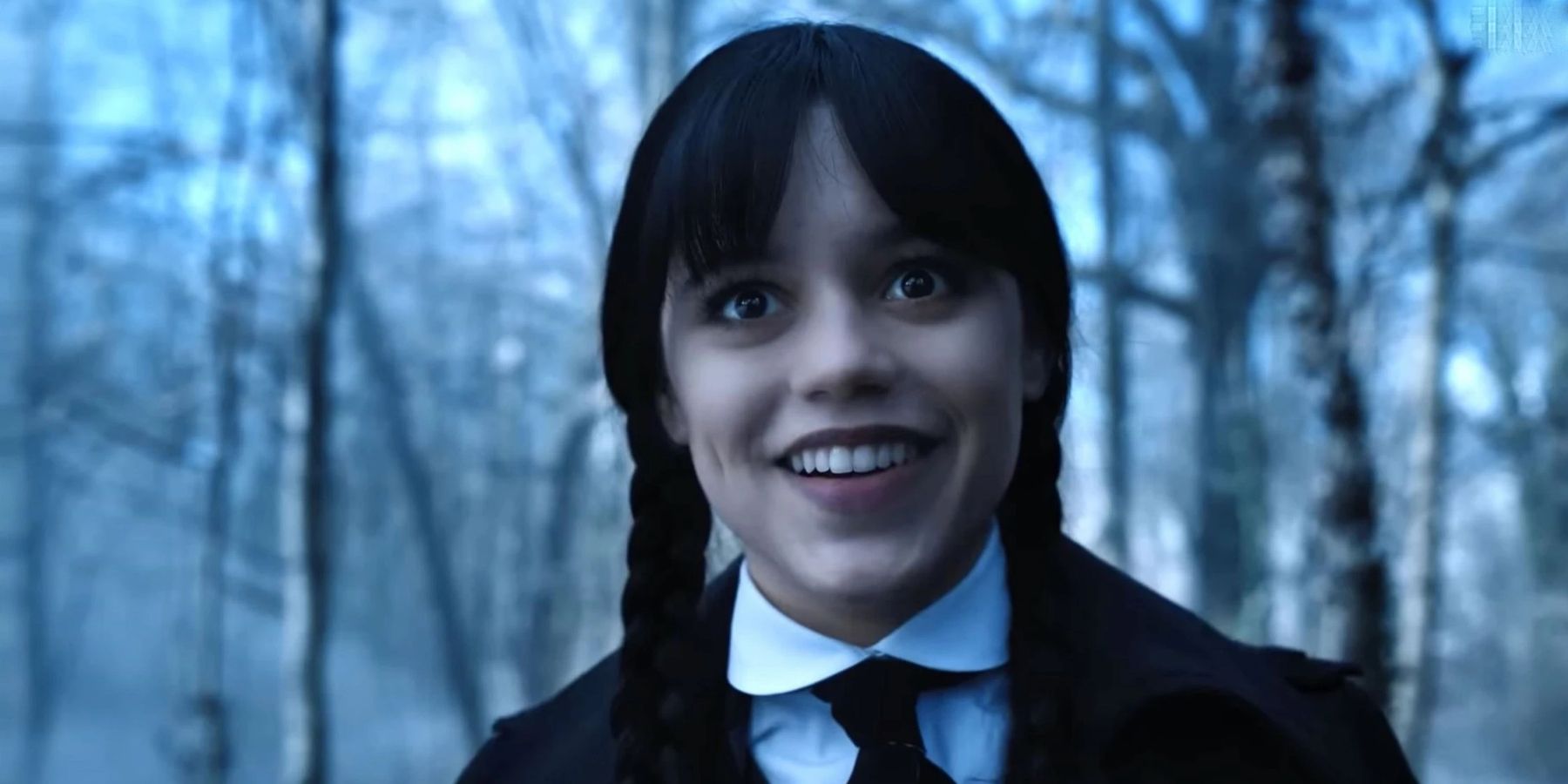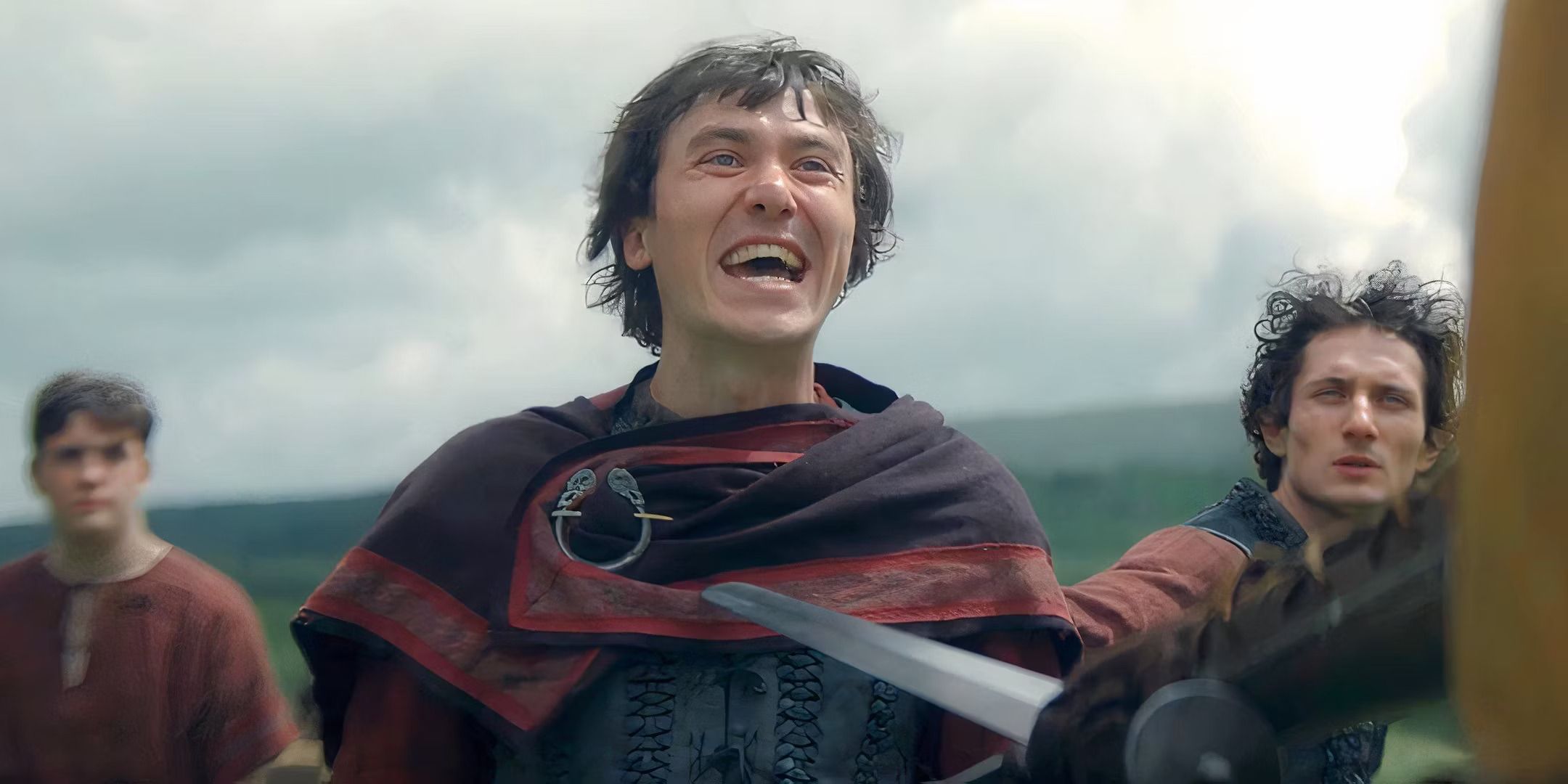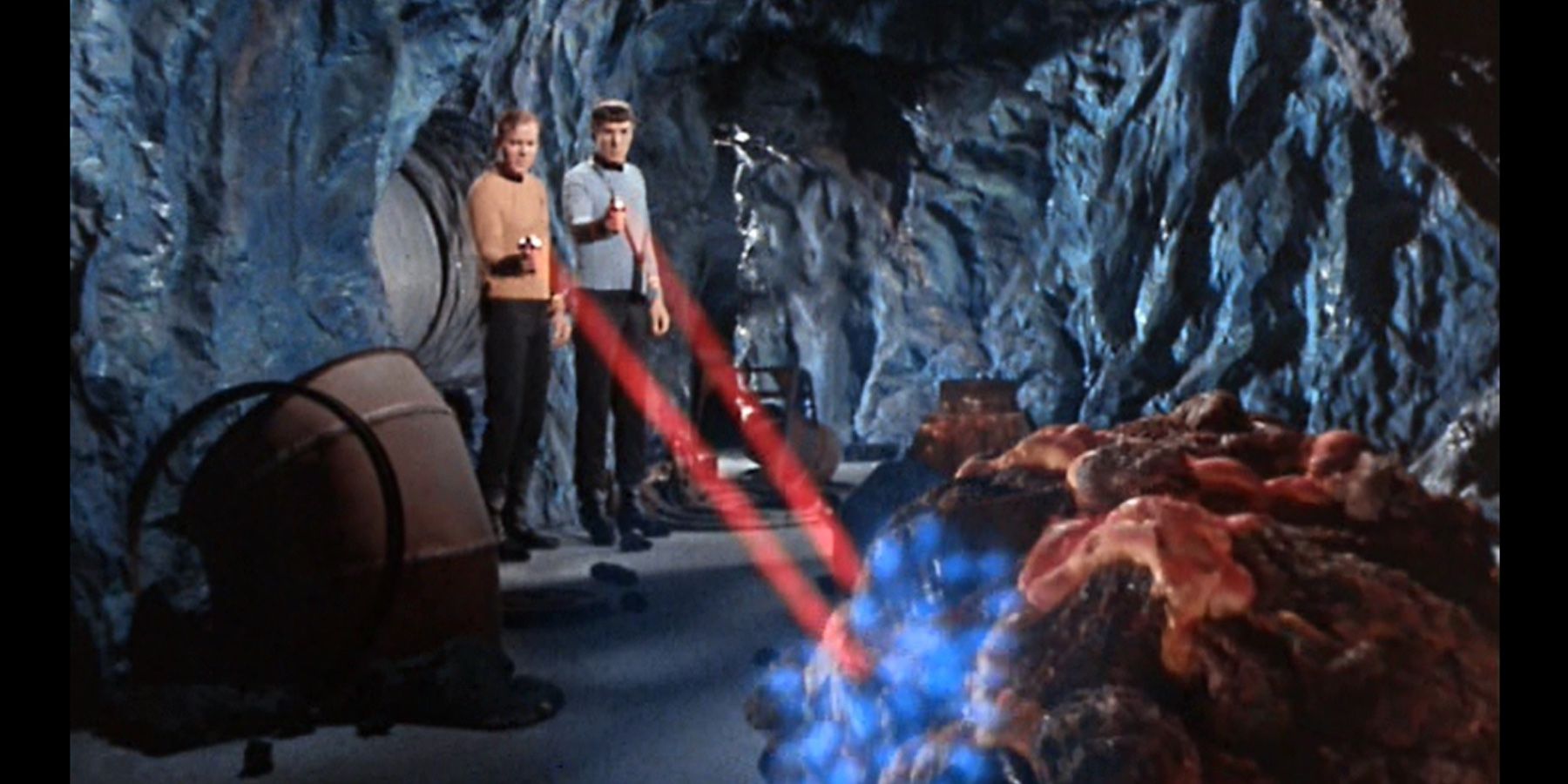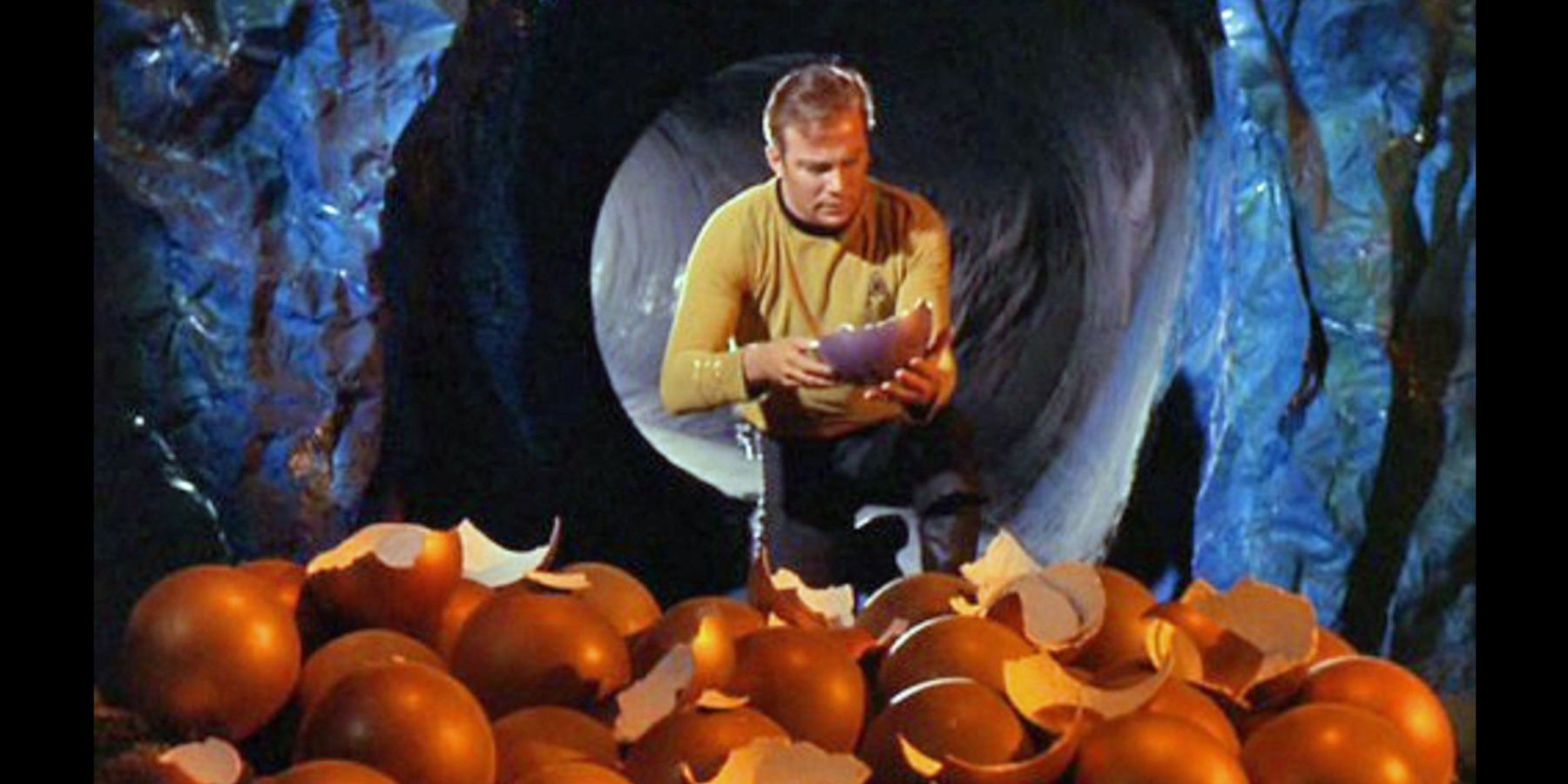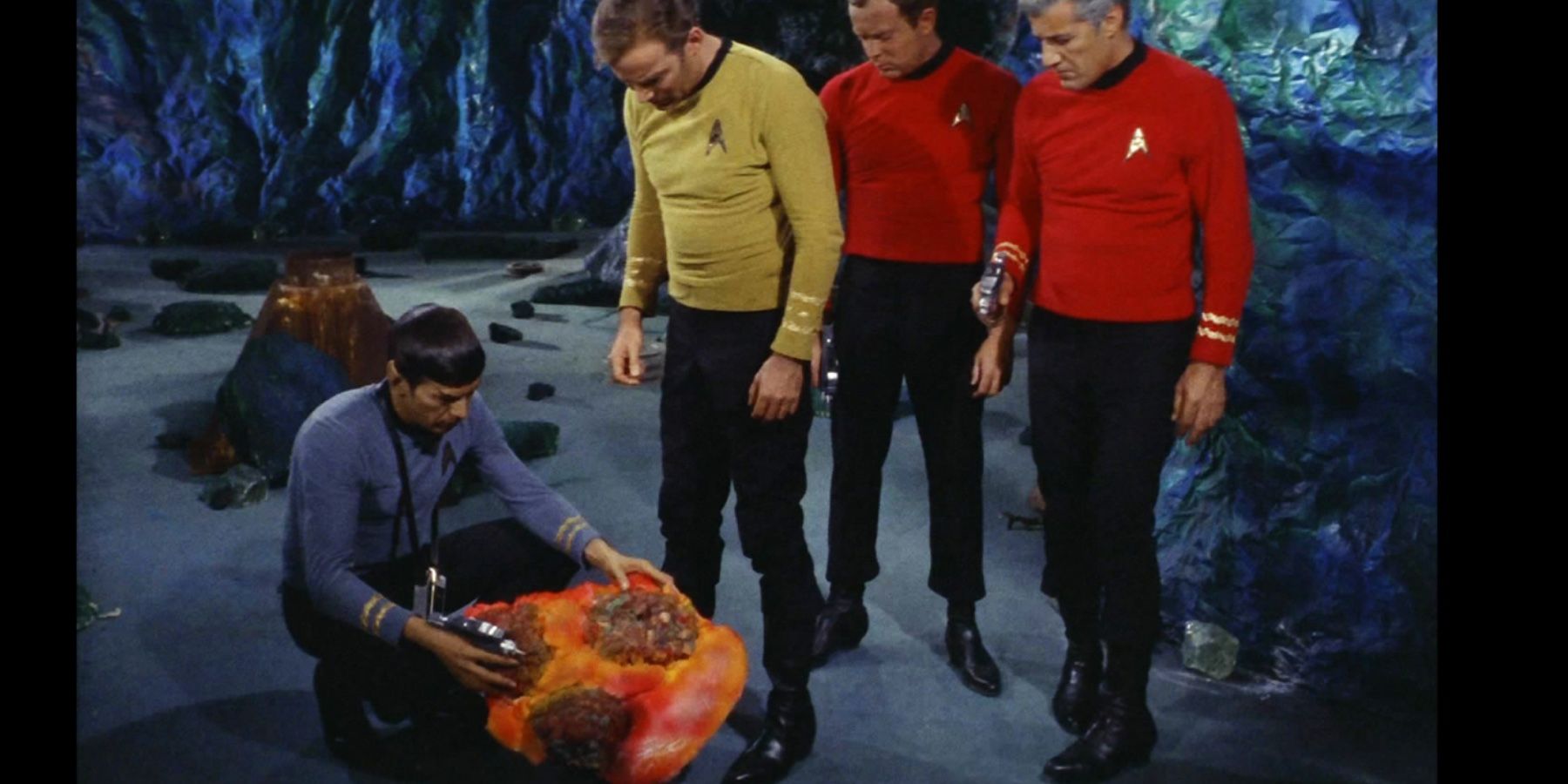Over the years, Star Trek has concreted itself as one of the cornerstones of the sci-fi genre, with over 6 decades worth of content in the form of TV shows, movies, books, games. It has changed a lot over the years, but at its heart remained the same deeply philosophical, social commentary Gene Roddenberry first envisioned it to be.
One of the greatest things about the franchise is its ability to change themes seamlessly. Almost every show in the franchise can go from a dark and gritty exploration about the effects of trauma after occupation, to a fantastically silly episode all about mass-reproducing fur balls, who have since become an icon of the franchise. The Original Series set this precedent, but there is one episode in particular that contains a traumatic twist, switching the genre for thriller to deeply emotional. That episode is "The Devil In The Dark."
“The Devil In The Dark” focuses on the intrepid crew of the iconic USS Enterprise, who have been called to help investigate the deaths of 50 miners and engineers at a planetary mining facility in Federation space. The colony, Janus VI, shows signs of a formidable attack. Not only were there the victims of a mysterious monster, but a plethora of equipment has been destroyed by what looks like a gelatinous corrosive goo. The surviving miners, who there are thankfully plenty, tell Kirk and his crew of what happened, and also mention a vital part of their nuclear reactor has gone missing, presumably taken by the monster. Without it, the whole reactor is in danger of exploding. The narrative threat has now been established, and a countdown starts. The crew has only 10 hours to not only deal with the creature, but stabilize the reactor.
Spock, as insightful as ever, deduces the creature is silicon based, and adjusts their handy phasers to be more effective against that type of life form. It doesn’t take much exploration for them to come across the monster, who appears, in beautiful early 70s fashion, as a large molten blob of rock. They fire at it and a piece breaks off, the creature scurrying away into the darkness. With the broken piece they are able to track the life form, their scans indicating it is the only such creature on the planet. They follow and come across a vast chamber filled with oval-shaped rocks.
While they are examining these rocks, the creature creates a rock slide which separates Kirk and his loyal first officer. Kirk is now trapped with the creature on his own. Spock can only watch, crying out for his friend to shoot and kill it, but Kirk notices something odd about its behavior. When he points the phaser at it, it seems to back off, cowering slightly. There is a shared understanding of trauma here.
Spock reunites with Kirk and the creature and mind melds with it, learning that it is called a Horta. This lone creature was the last surviving member of its race, the others having all been killed. The only remnants are being in front of them, and the plethora of eggs left in her care. Those egg shaped rocks were in fact unborn Horta, meaning that this place is a nursery of sorts and the last remaining hope for the Horta race. The miners who have been digging in their home have systematically been destroying the eggs, unaware of their true nature, clearing them out of the way to get to the important stuff. Thousands of these children have been killed, and the Horta's attempts to communicate failed. Unable to talk or be seen as anything other than a horrifying monster, this mother Horta did the only thing she could do: protect her children and attack. This is something she turns out to be very capable of, and like angry mothers of any species protecting their children, she is a force to be reckoned with.
The traumatic twist that this episode reveals slowly is a wonderful one, starting with what seems like a generic monster-hunting mystery and turning into a deeply sad story of miscommunication and loss. Everything works out in the end, as is the beauty of TV, with the miners and the Horta working together. However, the reality of what happened is hard to move past. This poor mother had to witness the systematic murder of her children while helpless to do anything to stop it -- until, of course, she turned to violence, which is importantly not her first response. She shows more restraint than many in this situation, flipping the stereotype on its head. The real monsters here are the ignorant miners rather than the grotesque looking creature.

